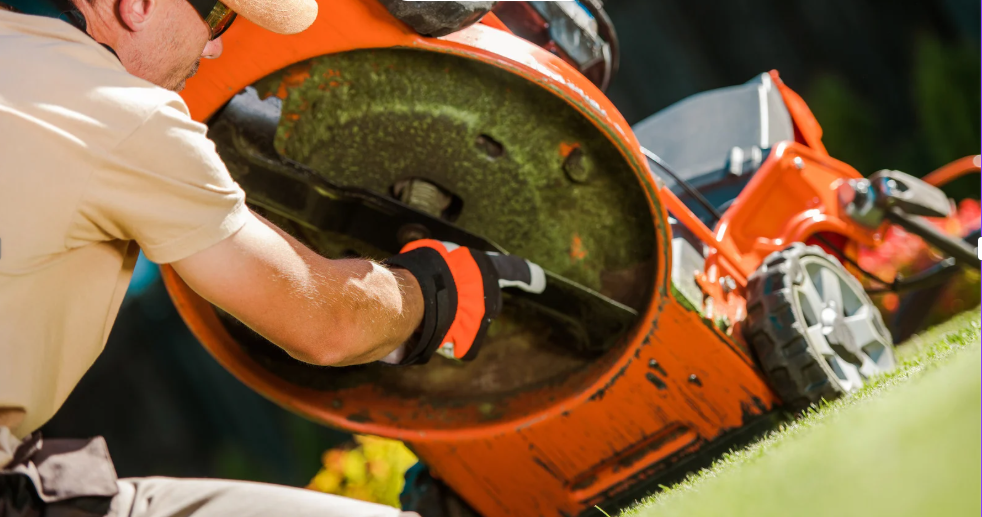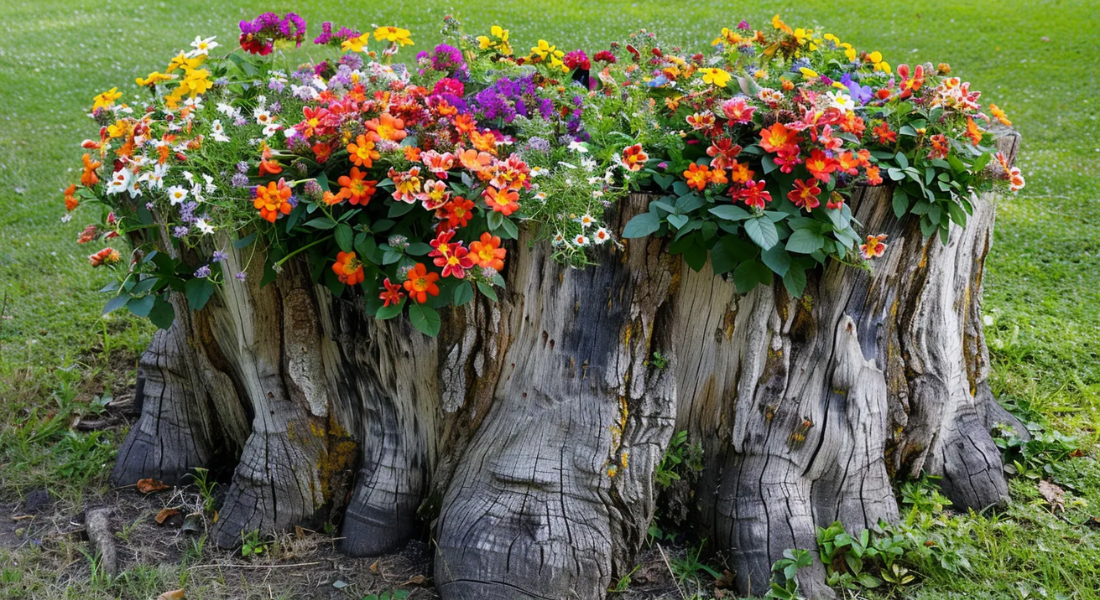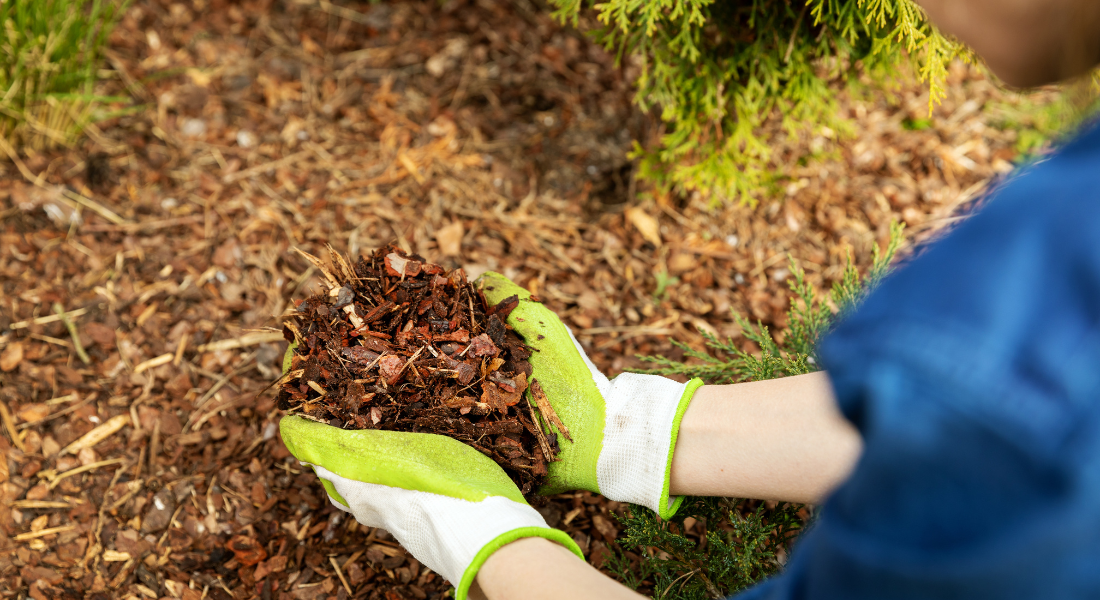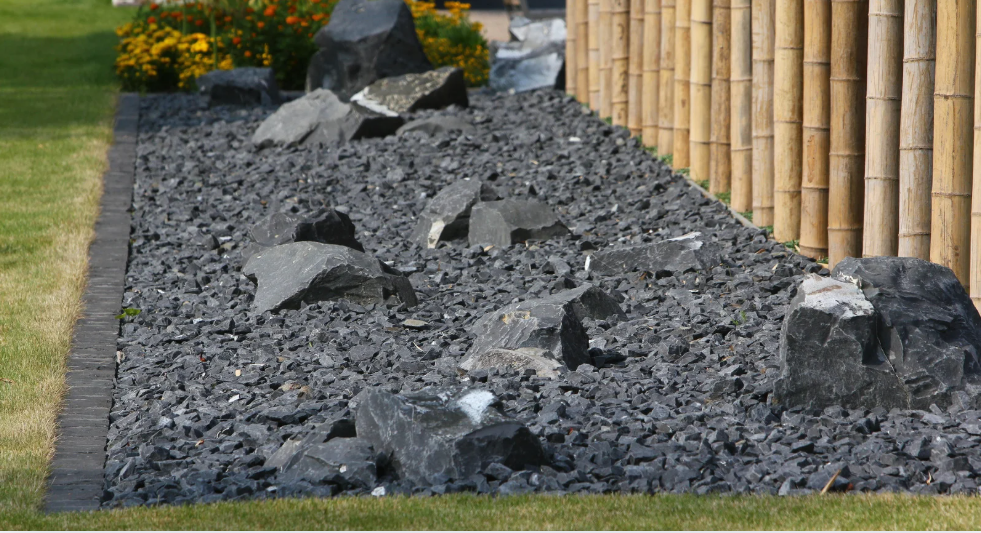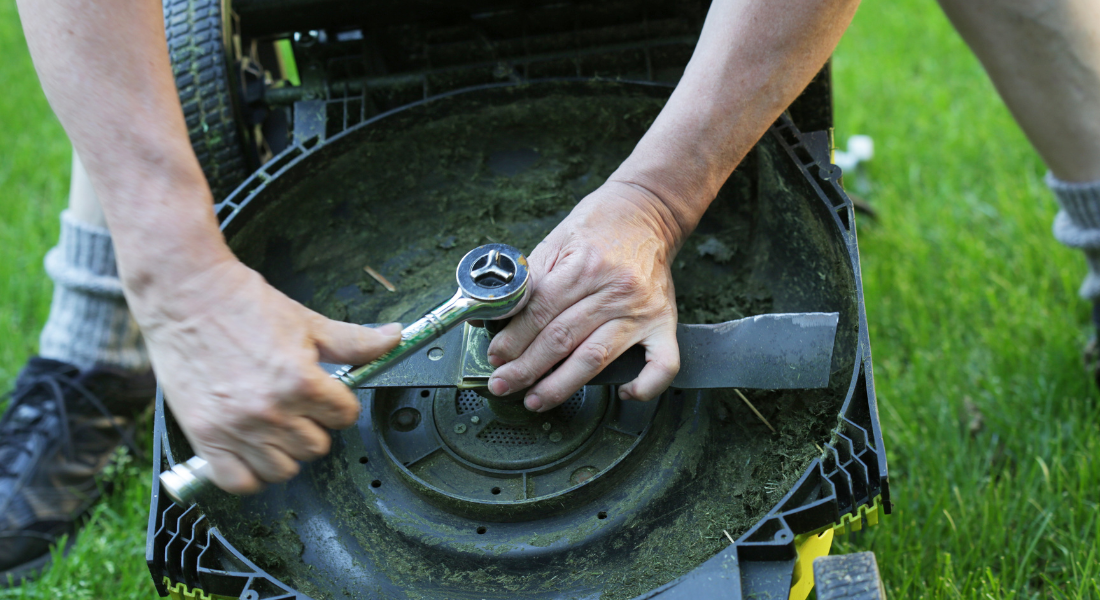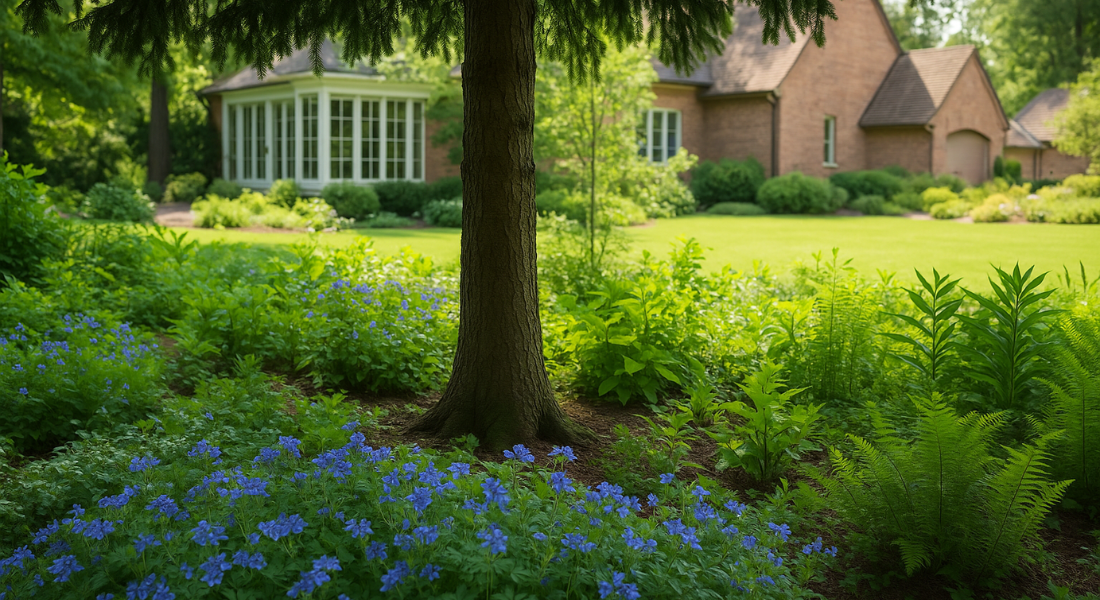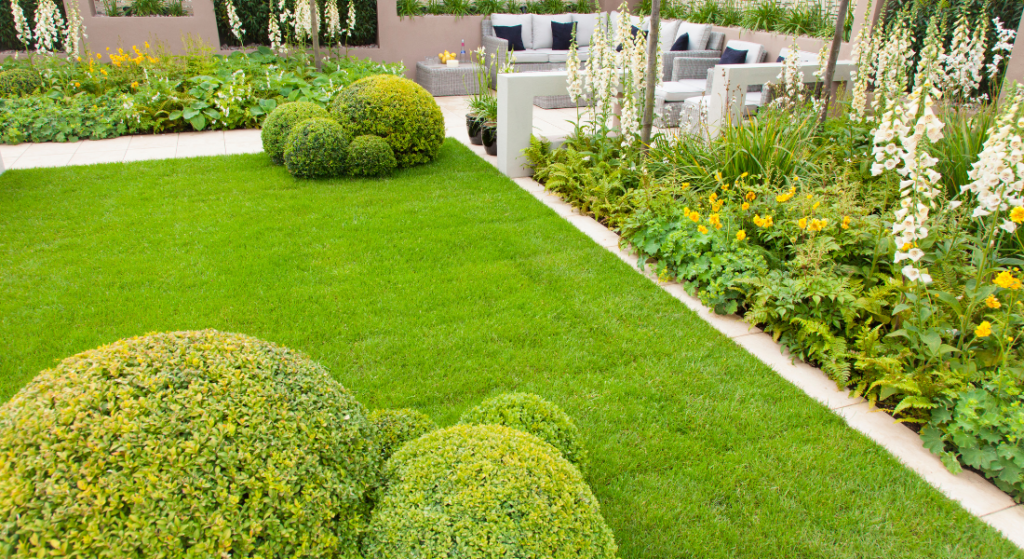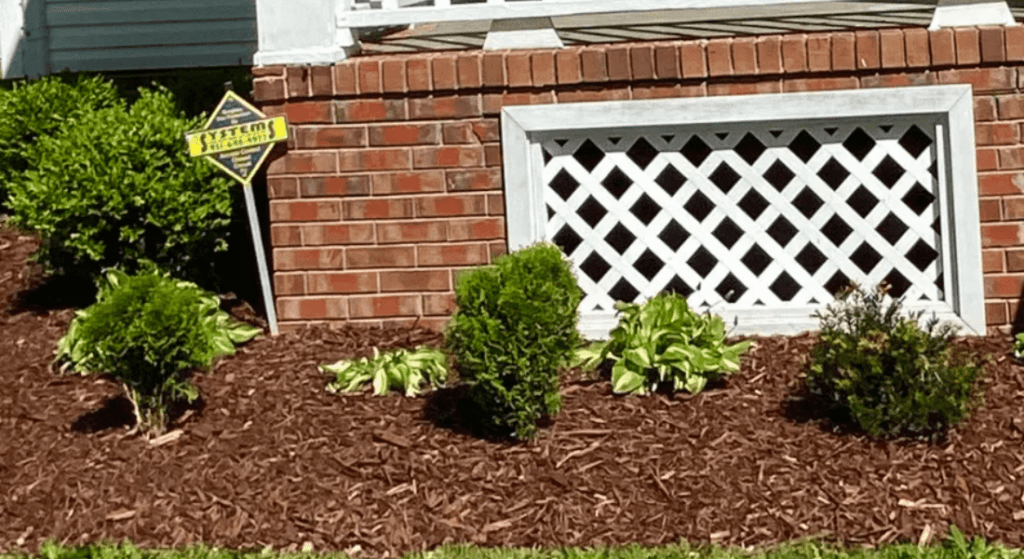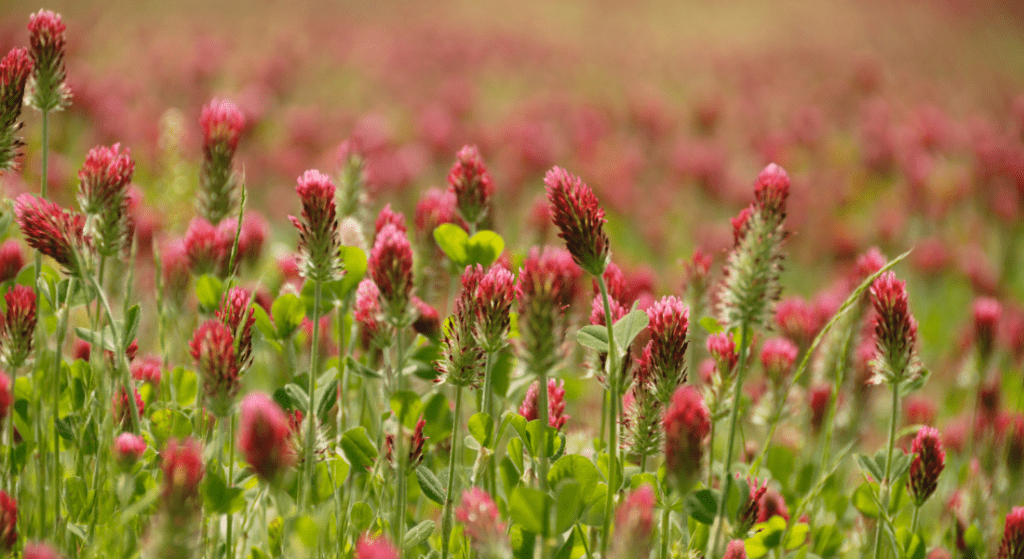Crabgrass Conundrum: Banish the Weeds of your Lawn
Are you tired of battling stubborn weeds that seem to take over your lawn every season? Do you dream of having a lush, green lawn free from the invasion of crabgrass? If so, you’re not alone. Many homeowners struggle to maintain their lawns, only to find them overrun by unwanted vegetation. In this comprehensive guide, we’ll explore the ins and outs of the crabgrass conundrum and provide you with practical strategies to banish those weeds for good.
Understanding Crabgrass: What Makes it Thrive?
Crabgrass, scientifically known as Digitaria , is an annual weed that thrives in warm, sunny environments. Its rapid growth and prolific seeding make it a formidable foe for homeowners seeking a pristine lawn. Crabgrass typically germinates in the spring and spreads quickly, choking out desirable grass species and creating unsightly patches in your lawn.
To effectively combat crabgrass, it’s essential to understand its life cycle and growth habits. This weed flourishes in bare or thin areas of turf, making proper lawn maintenance crucial in prevention efforts. Additionally, crabgrass seeds can remain dormant in the soil for years, making eradication a persistent challenge.
The Impact of Crabgrass on Your Lawn: Why Should You Care?
The presence of crabgrass not only detracts from the aesthetic appeal of your lawn but also poses a threat to its overall health. As crabgrass spreads, it competes with desirable grass species for water, nutrients, and sunlight, ultimately weakening the turf and creating an uneven, patchy appearance.
Moreover, crabgrass can serve as a harbinger for other lawn pests and diseases, further compromising the integrity of your lawn. Left unchecked, crabgrass can overrun your entire lawn, transforming it into a barren wasteland devoid of lush greenery.
Identifying Crabgrass: How to Spot the Intruder
Recognizing crabgrass amidst your turf can be challenging, especially in its early stages of growth. However, there are several key characteristics to look out for when identifying this invasive weed.
Crabgrass leaves are typically wider than those of most turfgrass species and have a distinct pale-green or bluish-green hue. The leaves radiate from a central point and often form a rosette-like pattern close to the ground. As crabgrass matures, it produces branching stems and seed heads that resemble tiny crab legs, hence its name.
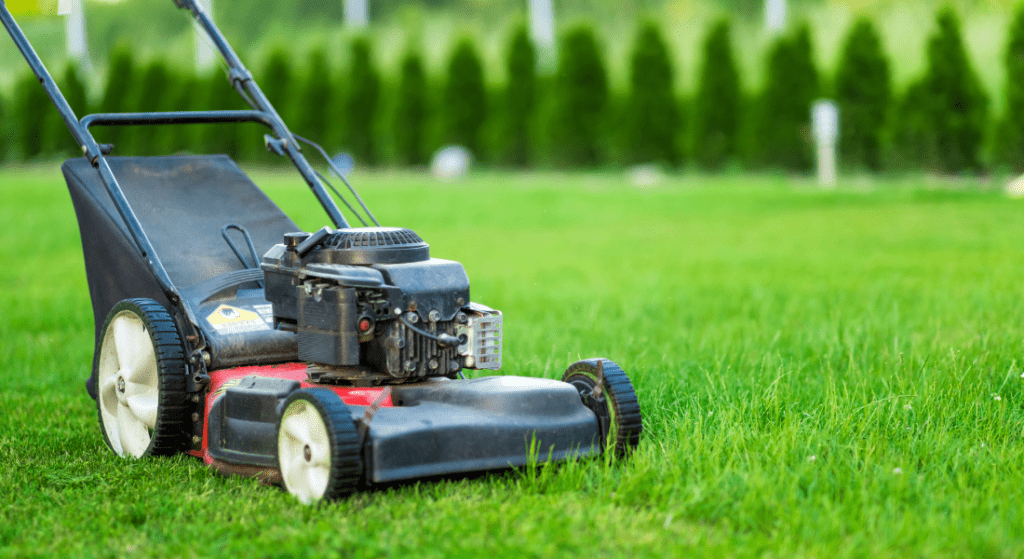
Prevention Strategies: Keeping Crabgrass at Bay
Prevention is often the best defense against crabgrass invasion. By implementing proactive measures, you can create an inhospitable environment for weed growth and safeguard the health of your lawn. One of the most effective prevention strategies is to maintain a dense, healthy turf through proper lawn care practices.
Regular mowing at the appropriate height, proper watering, and fertilization can help promote strong turf growth and outcompete crabgrass. Additionally, overseeding bare or thin areas can fill in gaps and prevent weed encroachment.
Effective Removal Methods: Getting Rid of Crabgrass Once and for All
Despite your best prevention efforts, crabgrass may still find its way into your lawn. When faced with a crabgrass infestation, timely removal is key to preventing further spread. There are several methods for effectively removing crabgrass, ranging from manual to chemical options.
Manual removal involves physically pulling the weeds from the ground, being sure to remove the entire root system to prevent regrowth. For larger infestations, selective herbicides specifically designed to target crabgrass can be applied. It’s important to follow label instructions carefully and apply herbicides only as directed to minimize environmental impact.
Restoring Your Lawn: Reclaiming Your Turf from the Invader
Once you’ve removed the crabgrass from your lawn, it’s time to focus on restoring its health and vitality. This may involve overseeding bare patches, aerating compacted soil, and implementing a regular maintenance schedule to promote turf growth.
Consider incorporating organic matter into the soil to improve its structure and fertility, providing a solid foundation for healthy grass growth. By reclaiming your lawn from the clutches of crabgrass, you can enjoy a lush, green oasis that enhances your outdoor space.
Maintenance Tips: Keeping Crabgrass from Making a Comeback
Maintaining a crabgrass-free lawn requires ongoing vigilance and dedication to proper lawn care practices. Regular mowing, watering, and fertilization are essential for keeping turf healthy and resilient against weed invasion.
Additionally, consider implementing cultural practices such as dethatching and core aeration to improve soil health and promote strong root development. By staying proactive and attentive to your lawn’s needs, you can prevent crabgrass from gaining a foothold and ensure the long-term health and beauty of your turf.
Get tips on how to improve your lawn’s health by understanding the role of fertilization in lawn health.
Natural Alternatives: Environmentally Friendly Solutions
For those seeking an eco-friendly approach to crabgrass control, there are several natural alternatives available. These may include the use of organic herbicides, such as those containing acetic acid or essential oils, which target weeds without harming desirable plants.
Cultural practices, such as mulching and proper irrigation management, can also help suppress weed growth and promote a healthy lawn ecosystem. By embracing natural alternatives, you can effectively manage crabgrass without resorting to harsh chemicals that may harm the environment.
Professional Help: When DIY Isn’t Enough
In some cases, managing a crabgrass infestation may require the expertise of a professional lawn care service. Lawn care professionals have the knowledge, experience, and specialized equipment needed to effectively diagnose and treat weed problems.
Whether you’re dealing with a stubborn crabgrass infestation or simply need assistance with routine lawn maintenance, enlisting the help of a professional can save you time, effort, and frustration. Consider consulting with a reputable lawn care provider to develop a customized treatment plan tailored to your lawn’s specific needs.
Lawn Maintenance With Green Life Service
When it comes to maintaining a healthy and vibrant lawn, sometimes DIY efforts just aren’t enough. That’s where lawn maintenance comes in. We offer more than just basic mowing – our comprehensive lawn care service is designed to keep your lawn looking its best year-round.
Our team of experienced professionals takes a proactive approach to lawn care, addressing issues such as crabgrass infestations with precision and efficiency. From fertilization and weed control to pest management, we have the expertise and resources to ensure your lawn stays green and lush, no matter the season.
By entrusting your lawn care needs to Green Life Service, you can enjoy peace of mind knowing that your property is in capable hands. Say goodbye to the hassle of DIY maintenance and hello to a beautiful, healthy lawn that enhances your outdoor space. Contact us today to learn more about our comprehensive lawn maintenance services and start enjoying the benefits of a greener, more vibrant lawn.
Conclusion: Enjoying a Crabgrass-Free Lawn
Banishing crabgrass from your lawn is a challenging but achievable goal with the right knowledge and strategies. By understanding the factors that contribute to crabgrass growth, implementing proactive prevention measures, and utilizing effective removal methods, you can reclaim your lawn from the clutches of this invasive weed.
Remember to stay vigilant in your lawn maintenance efforts and seek professional assistance when needed to ensure long-term success. With dedication and perseverance, you can enjoy a lush, green lawn free from the scourge of crabgrass.
Insights and Key Takeaways
- 70% of homeowners in the United States report struggling with crabgrass in their lawns.
- One crabgrass plant can produce up to 150,000 seeds .
- Crabgrass seeds can remain dormant in the soil for up to seven years .
- Studies have shown that a crabgrass infestation can reduce turfgrass density by up to 50%.
FAQ
Why do people want to get rid of crabgrass?
People want to get rid of crabgrass because it is an invasive weed that competes with desirable grass species for water, nutrients, and sunlight. Crabgrass can quickly spread and overrun lawns, creating unsightly patches and compromising the overall health and appearance of the turf.
Additionally, crabgrass can serve as a harbinger for other lawn pests and diseases, further exacerbating the problem. By eliminating crabgrass, homeowners can maintain a lush, green lawn that enhances the beauty and value of their property.
How does crabgrass killer work?
Crabgrass killer works by targeting the weed’s growth and reproductive mechanisms, ultimately leading to its demise. Most crabgrass killers contain active ingredients such as quinclorac, dithiopyr, or fenoxaprop-p-ethyl, which interfere with the weed’s ability to grow and spread.
These herbicides are typically applied directly to the crabgrass foliage, where they are absorbed and translocated throughout the plant. Over time, the herbicide disrupts essential metabolic processes within the weed, causing it to wither and die. Some crabgrass killers also contain pre-emergent herbicides, which prevent crabgrass seeds from germinating in the first place.
What kills crabgrass without killing the lawn?
Several methods can effectively kill crabgrass without harming the surrounding lawn. One approach is the use of selective herbicides specifically formulated to target crabgrass while sparing desirable grass species. These herbicides work by exploiting physiological differences between crabgrass and turfgrass, allowing them to effectively control the weed without causing harm to the lawn.
Additionally, manual removal techniques, such as hand-pulling or spot-treating with a non-selective herbicide, can be used to eliminate crabgrass without affecting the rest of the lawn. Cultural practices, such as proper mowing, watering, and fertilization, can also help create conditions unfavorable for crabgrass growth while promoting the health of the turf.
What is the most effective crabgrass killer?
The effectiveness of crabgrass killers can vary depending on factors such as the species of crabgrass, the stage of growth, and environmental conditions. However, several herbicides have been widely recognized for their efficacy in controlling crabgrass. Quinclorac, for example, is a post-emergent herbicide that targets both young and mature crabgrass plants, making it effective for spot treatment or widespread infestations.
Dithiopyr and prodiamine are pre-emergent herbicides commonly used to prevent crabgrass seeds from germinating, providing long-lasting control when applied correctly.
Fenoxaprop-p-ethyl is another post-emergent herbicide that targets crabgrass while sparing most turfgrass species. Ultimately, the most effective crabgrass killer will depend on the specific needs and circumstances of your lawn. It’s advisable to consult with a lawn care professional or local extension service for personalized recommendations.
